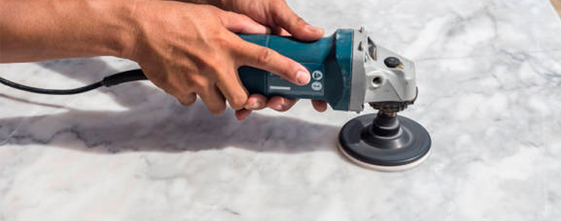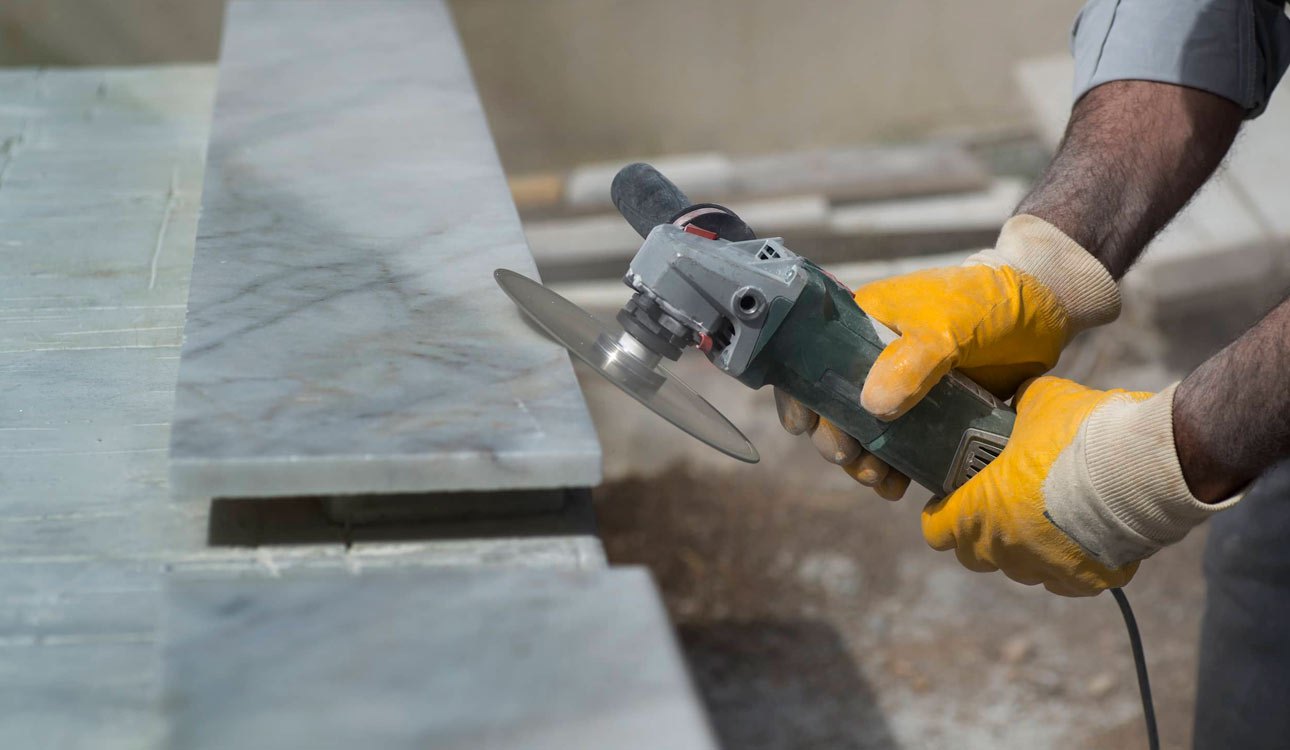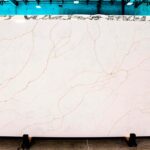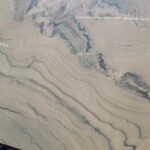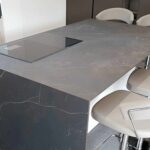Marble’s magnificence is due in part to the shiny, wondrous gleam that elegantly radiates from its deep lustrous appearance. But what is it that causes the glowing sheen that marble lovers value? In large part, it is a mineral called calcite. This mineral exists in the form of a crystal that is very shiny.
Another trait that people appreciate about marble is the color variations and the way the colors blend and exist side by side in a unified way. These two properties of marble’s beauty are what get “attacked” when stains form in a marble stone. This article will discuss 4 variations of marble stains and how to treat each of them effectively. The stains we will discuss are:
• Etching on Marble
• “Color Only” Marble Stains
• Stained Etches in Marble
• Marble Rust Stains
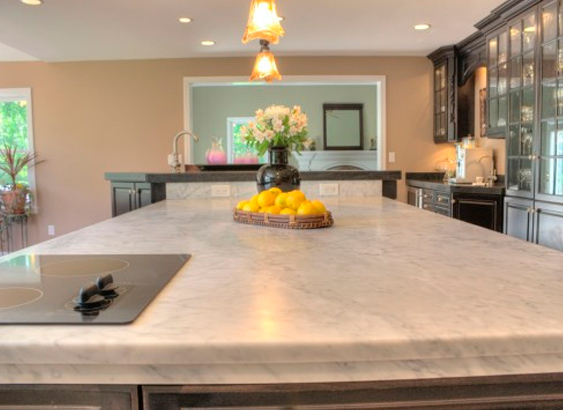
Marble Etching, More Than Just a Stain
Often, what individuals refer to as a “marble stain” is something more. In reality, many discolorations that affect marble countertops and marble flooring are not a result of liquid staining the stone. Rather, the abnormal color of the marble is often caused by a reaction between the stone and an acidic liquid or food that results in a dull or hazy-looking spot on what appears to be the surface of the marble. What is etching and is it treatable?
The answer to the second question is yes, it is treatable. We’ll get to that in a moment but first, let’s talk about why etching is not the same thing as a stain. An etch in marble can be viewed as the opposite of a stain since it is subtractive and not additive.
Earlier in this article, we discussed the mineral calcite and how it is by nature a crystal. Since crystal has a glistening appearance, calcite is what makes marble look so “polished”. However, acidic substances – which are common in households – dissolve calcite, the sheen-causing mineral in marble. So, when an acidic liquid like vinegar or lemon juice gets into the pores of your marble counter or floor it eats away the calcite in the marble and the resulting mark is a dull, hazy-looking spot that resembles a stain.
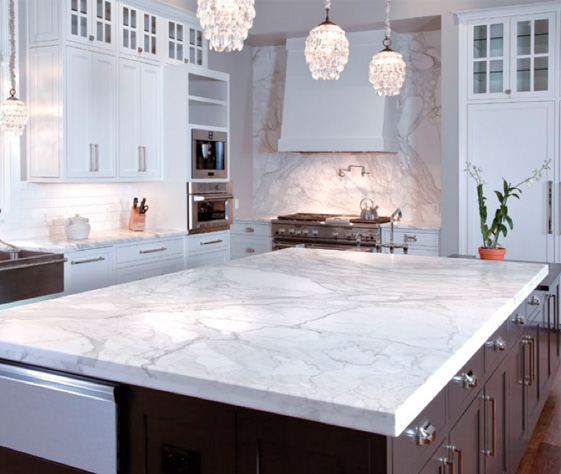
Since it was caused by a subtractive process (the removal of the calcite) the treatment process is different from that of a stain. You will need a substance that is designed to repair or restore the marble’s original appearance.
Restoring your marble after it is etched is not difficult if you have the proper etch-removing powder for marble and you can follow directions. Depending on the length of time that the acid was in contact with the marble, the etch will be quickly removed or it may take some additional patience and elbow grease. However, the etch can be removed. So etching, although it discolors, is not a stain and can be treated.
